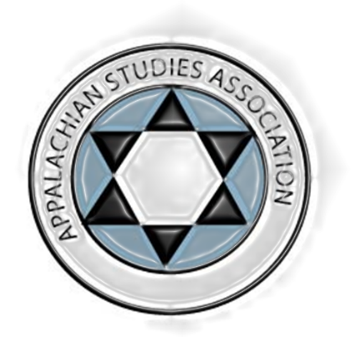Participation Type
Roundtable
Session Title
Session 5.14 Environment
Session Abstract or Summary
Certain mountains, and other important geographic features such as rivers or lakes, undoubtedly create a community consciousness that resonates within the community. Aside from beautifying a landscape, such features influence the history, ecology and economy of the communities that spring up around them. They sometimes even come to symbolize a community. This roundtable invites a discussion of ways in which geography and communities touch each other, both in positive and negative ways. Roundtable presenters will begin the dialogue by offering Bailey Mountain as an example of these connections. Bailey Mountain, always in the backdrop of Mars Hill, North Carolina, stands as a symbol for the Mars Hill community. The mountain’s name has been used in a variety of ways to identify a specific group’s relationship to the area, as in the case of the Bailey Mountain Cloggers. Bailey Mountain also forges a connection between the local community and student community, as both groups work to save the mountain. How can communities work to preserve such iconic community features? How do we use these natural assets while preventing abuse, or even loss, of a geographic community partner? This roundtable encourages participation from attendees to facilitate a lively conversation about these issues.
Geography and Community Roundtable
Presentation #1 Abstract or Summary
Certain mountains, and other important geographic features such as rivers or lakes, undoubtedly create a community consciousness that resonates within the community. Aside from beautifying a landscape, such features influence the history, ecology and economy of the communities that spring up around them. They sometimes even come to symbolize a community. This roundtable invites a discussion of ways in which geography and communities touch each other, both in positive and negative ways. Roundtable presenters will begin the dialogue by offering Bailey Mountain as an example of these connections. Bailey Mountain, always in the backdrop of Mars Hill, North Carolina, stands as a symbol for the Mars Hill community. The mountain’s name has been used in a variety of ways to identify a specific group’s relationship to the area, as in the case of the Bailey Mountain Cloggers. Bailey Mountain also forges a connection between the local community and student community, as both groups work to save the mountain. How can communities work to preserve such iconic community features? How do we use these natural assets while preventing abuse, or even loss, of a geographic community partner? This roundtable encourages participation from attendees to facilitate a lively conversation about these issues.
At-A-Glance Bio- Presenter #1
Kimberly Reigle is an Assistant Professor of English and coordinator of the Regional Studies Program at Mars Hill University.
At-A-Glance Bio- Presenter #2
Ryan Bell teaches in the General Education program at Mars Hill University. Ryan also facilitates student trail work on Bailey Mountain.
At-A-Glance Bio- Presenter #3
Brady Adcock became instrumental in increasing awareness of Bailey Mountain and its trails during his time at Mars Hill University. Brady now works with the Appalachian Trail Conservatory.
At-A-Glance Bio- Presenter #4
Lee Hoffman is the director of the Richard L. Hoffman Foundation. The Foundation is responsible for raising enough money to purchase a 200 acre tract on Bailey Mountain that is now held by the state of NC in a land trust.
Geography and Community Roundtable
Certain mountains, and other important geographic features such as rivers or lakes, undoubtedly create a community consciousness that resonates within the community. Aside from beautifying a landscape, such features influence the history, ecology and economy of the communities that spring up around them. They sometimes even come to symbolize a community. This roundtable invites a discussion of ways in which geography and communities touch each other, both in positive and negative ways. Roundtable presenters will begin the dialogue by offering Bailey Mountain as an example of these connections. Bailey Mountain, always in the backdrop of Mars Hill, North Carolina, stands as a symbol for the Mars Hill community. The mountain’s name has been used in a variety of ways to identify a specific group’s relationship to the area, as in the case of the Bailey Mountain Cloggers. Bailey Mountain also forges a connection between the local community and student community, as both groups work to save the mountain. How can communities work to preserve such iconic community features? How do we use these natural assets while preventing abuse, or even loss, of a geographic community partner? This roundtable encourages participation from attendees to facilitate a lively conversation about these issues.

